The coffee shop had everything going for it—perfect location, great branding, and coffee that could rival any high-end café. But foot traffic was low, and customers weren’t coming back. Every morning, the owner watched potential customers walk right past the shop to the well-known chain a block away. The frustration was real.
She had followed the playbook: trendy aesthetics, locally sourced beans, and a killer social media presence. Still, the market was saturated. Too many options. Too little reason for customers to pick her place over the next one.
So, what was missing?
This is the reality for businesses across industries. It’s not enough to have a great product or solid marketing—you need to give people a reason to choose you. But does that mean you have to shake up the entire industry to get noticed? Or is there another way?
The battle between differentiation and disruption is at the heart of standing out in a crowded market. Some brands succeed by offering a slightly better experience, while others flip the entire industry on its head.
So, which one actually works? And more importantly, which one works for you?
Differentiation: The Art of Doing It Better
Not every business needs to break the system to stand out. Sometimes, the smartest move isn’t reinventing the wheel—it’s making a better one.
Take Apple. The company didn’t invent the smartphone. There were touch-screen phones before the iPhone, MP3 players before the iPod, and laptops before the MacBook. But Apple refined what existed, making products simpler, sleeker, and more user-friendly than anything else on the market. That’s differentiation.
At its core, differentiation is about giving customers a reason to choose you over the competition without forcing them to change their habits. It’s about doing what others do—but with a twist that makes people take notice.
Ways to Differentiate Without Reinventing the Industry
✅ Brand Identity & Storytelling – Why do people pay a premium for Patagonia or Rolex? It’s not just about quality—it’s about what those brands represent. The story you tell about your brand can be just as important as the product itself.
✅ Customer Experience as a Differentiator – People don’t just buy products; they buy experiences. Take Zappos: plenty of retailers sell shoes, but Zappos built its name on unmatched customer service—free returns, 24/7 support, and a company culture that made customers feel valued.
✅ Innovation Within Existing Categories – Some brands carve out a niche by tweaking an existing product just enough to make it irresistible. Think of Dyson, which took the basic vacuum cleaner and made it sleek, cordless, and high-tech. It wasn’t a new concept—just a better execution.
In a crowded market, differentiation isn’t about being the loudest voice—it’s about being the one people remember.
Disruption: The Power of Doing It Differently
Some businesses don’t just compete—they change the game entirely.
Uber didn’t try to be a better taxi company. It rewrote the rules, turning everyday drivers into on-demand chauffeurs. Netflix didn’t just improve DVD rentals; it made them irrelevant. Airbnb didn’t out-market hotels—it redefined how people think about travel.
Disruption isn’t about small tweaks. It’s about challenging assumptions, changing consumer behavior, and forcing an industry to adjust. But it’s not a guaranteed win.
When Disruption Works
✅ Spotting Gaps in the Market – Blockbuster had name recognition and a massive customer base. What it didn’t have was convenience. Netflix saw an opportunity where others didn’t: people didn’t want late fees or trips to the store—they wanted movies at home, on demand.
✅ Redefining Value – Tesla didn’t invent electric cars, but it changed how people saw them. EVs went from slow and uninspiring to luxury status symbols. The technology existed, but the positioning changed everything.
✅ Timing & Execution – Facebook wasn’t the first social network. Google wasn’t the first search engine. What set them apart was execution. They launched at the right time, iterated faster than their competitors, and delivered a product that was simply better than what was available.
Disruption is bold, risky, and not for everyone. It can reshape industries, but it can also backfire. The key is knowing when to push the limits—and when to refine what already works.
How to Choose: Differentiation vs. Disruption

Disruption makes headlines, but differentiation builds empires. The real challenge isn’t deciding which is “better” but figuring out which one makes sense for your business.
Some industries are begging for disruption—stuck in outdated models, frustrating customers with inefficiencies. Others don’t need a complete overhaul, just a sharper, more memorable presence.
Which Strategy Fits Your Business?
✅ Is your industry broken or just crowded?
If customers are actively frustrated with the way things are, disruption might be the answer. If they’re mostly satisfied but overwhelmed with choices, differentiation is the better play.
✅ Do you have the resources to challenge the status quo?
Disrupting an industry isn’t just about having a great idea—it requires deep pockets, patience, and execution at scale. Most businesses aren’t in a position to dismantle an entire market. But they can stand out by improving what already exists.
✅ Are customers ready for change?
Disruptive ideas fail when the market isn’t ready to shift. WebTV launched streaming services in the ‘90s, but internet speeds weren’t fast enough to support it. Meanwhile, brands like Warby Parker and Dollar Shave Club shook up established industries because customers wanted a new model.
Some brands master both. Tesla was disruptive in how it approached electric cars, but its real success came from differentiation—building an aspirational brand in an industry where EVs were once seen as boring.
The best approach isn’t always about making the biggest splash—it’s about making the right move at the right time.
The Brands That Mastered Both
Some businesses don’t pick a side—they find a way to differentiate while disrupting. They introduce something radically different but package it in a way that feels familiar and desirable.
Take Tesla. It didn’t just make electric cars; it made people want them. Before Tesla, EVs were niche, slow, and uninspiring. The company disrupted the auto industry by proving that electric cars could be fast, stylish, and packed with tech. At the same time, it differentiated itself with a premium brand image, direct-to-consumer sales, and a network of charging stations that locked customers into its ecosystem.
Amazon did something similar. It disrupted retail with online shopping but also differentiated itself through customer obsession, fast shipping, and an infrastructure that competitors still struggle to match.
Then there’s Apple, a brand that’s been walking this line for decades. It disrupted the music industry with iTunes, then the phone industry with the iPhone. But it also relies on differentiation—premium design, seamless integration, and a cult-like brand loyalty that makes people choose Apple even when cheaper alternatives exist.
What these companies have in common is simple: they didn’t disrupt for the sake of it. They solved real problems, stood out in meaningful ways, and made sure their differences weren’t just noticed—but valued.
Standing Out on Your Own Terms
Back to that coffee shop—the one with the perfect branding, high-quality beans, and a loyal but too-small customer base. The owner could have tried to disrupt the industry by launching a coffee subscription model or an AI-powered barista. But was that really the problem?
Instead, she made one small but powerful change. She turned her café into a space where local artists and musicians could showcase their work. Every Friday, a live acoustic set drew in new faces. Every month, a rotating gallery gave people a reason to visit. The coffee was still great, but now, people had another reason to choose her shop over the big chain down the street.
That’s the key to standing out. It’s not about being different for the sake of it—it’s about creating something people care about. Whether you refine an existing model or shake up an entire industry, success comes down to the same thing: giving people a reason to pay attention, come back, and tell others.
So, what’s your edge?




